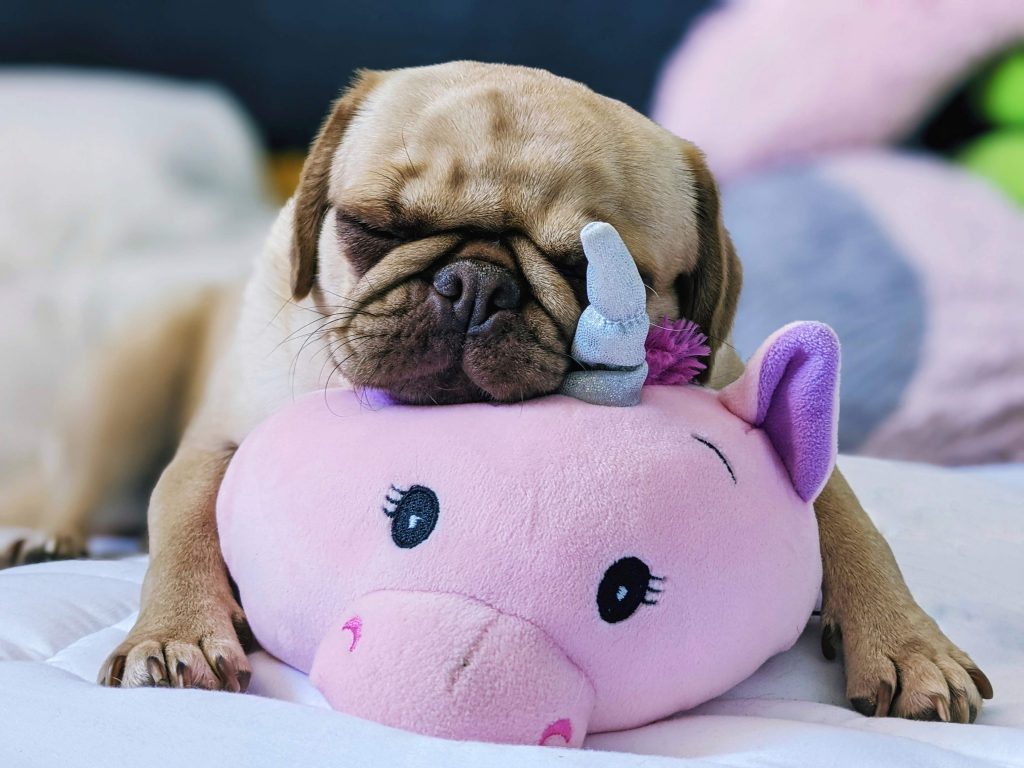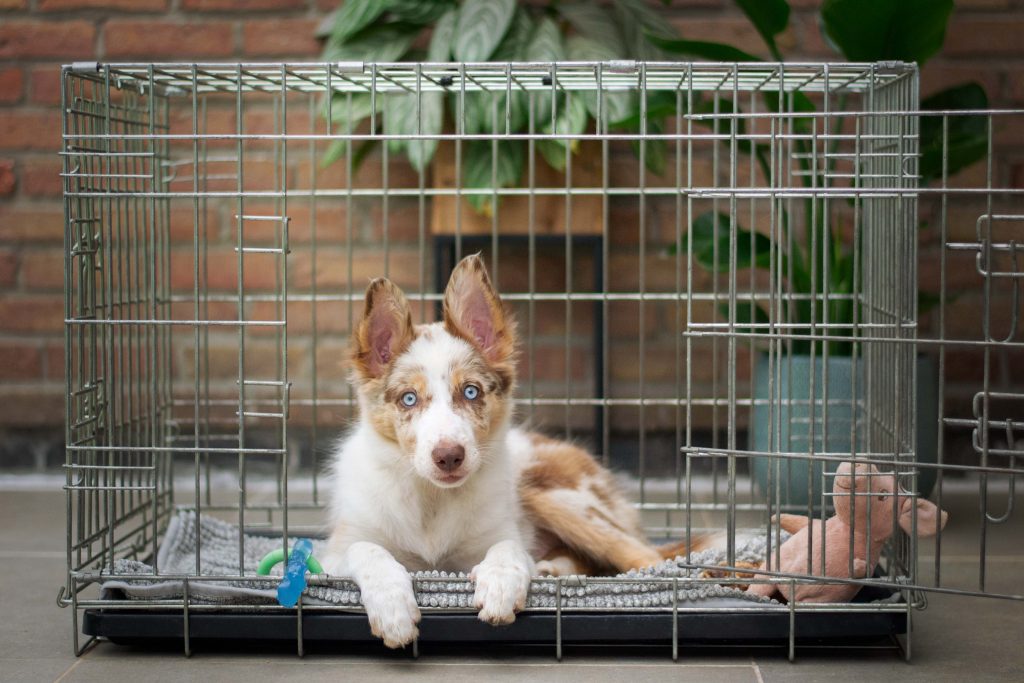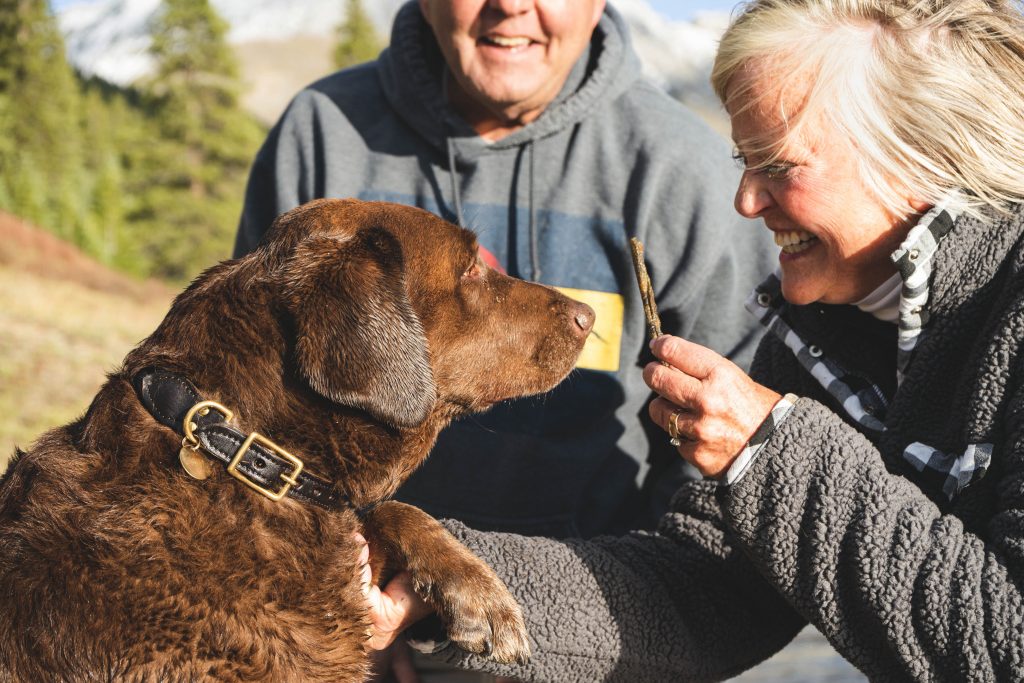The post aims to educate dog parents on the science of positive reinforcement and how it can be used effectively and humanely to train their puppies. The post will cover key principles of positive reinforcement, including the importance of immediate rewards, the use of shaping and modeling, and the integration of classical and operant conditioning. Additionally, the post will provide strategies and tips for dog parents to effectively implement positive reinforcement training methods at home, and how to tailor the training methods to their puppy’s individual personality, energy level, and past experiences. The ultimate goal is to empower dog parents with the knowledge and tools they need to train their puppies effectively.

When it comes to training your puppy, it’s important to understand the science behind positive reinforcement. Positive reinforcement is a method of training that involves rewarding behavior you want to see more of. This can include treats, toys, or verbal praise. By using positive reinforcement, you can effectively teach your puppy new behaviors and improve their obedience.
One key principle of positive reinforcement is that it’s most effective when the reward is given immediately after the desired behavior is exhibited. This helps to reinforce the behavior and increases the likelihood that it will be repeated in the future. For example, if you want to teach your puppy to sit, give them a treat or praise them as soon as they sit down.
Another important aspect of positive reinforcement is that it should be used in combination with other training methods, such as shaping and modeling. Shaping involves gradually building up to a desired behavior by rewarding small steps toward that behavior. For example, if you want to teach your puppy to roll over, you can start by rewarding them for lying down, then for turning over, and finally for rolling over. Modeling involves observing and copying behavior that is already exhibited.
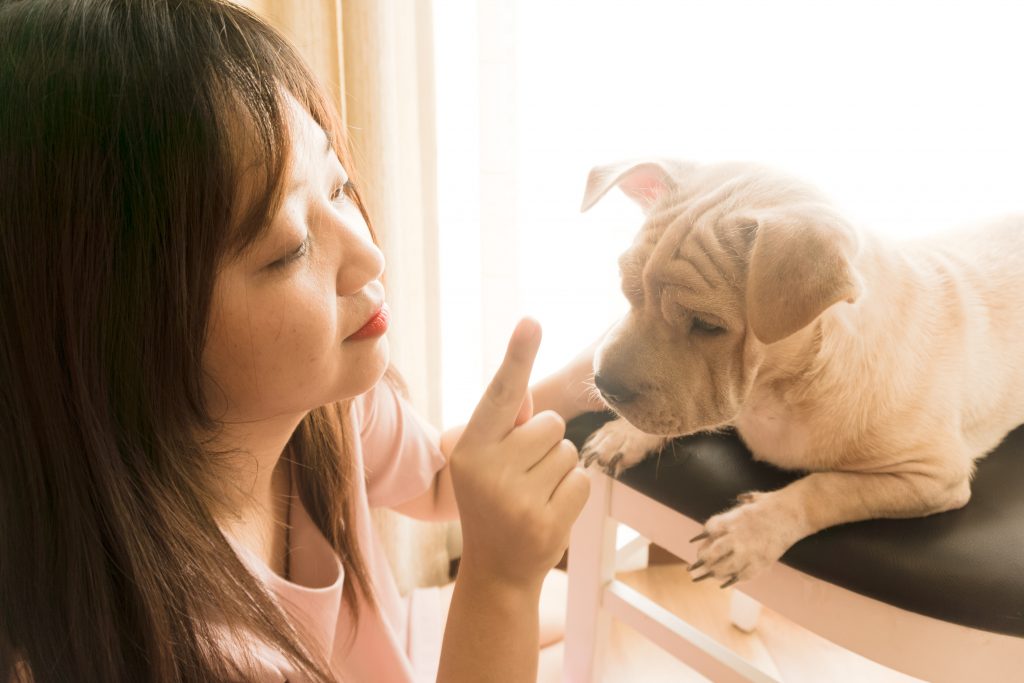
When training a puppy, it’s also important to understand the concept of classical and operant conditioning.
Classical conditioning:
It is a form of learning in which an organism learns to associate two stimuli. For example, you can use classical conditioning to teach your puppy to associate the sound of a bell with mealtime.
Operant conditioning:
It is a form of learning in which the consequences of an organism’s behavior determine the probability of that behavior occurring in the future.
In order to train a puppy effectively and humanely, it’s essential to use positive reinforcement, shaping, modeling, and classical and operant conditioning together. Additionally, it is important to consider the dog’s individual personality, energy level, and past experiences when developing a training plan. This can help ensure that the training methods used are tailored to the specific needs of the dog and are more likely to be successful.

It’s also important to remember that training a puppy takes time, patience, and consistency. It’s important to be consistent with the training methods used and to be patient with the puppy as they learn. Positive reinforcement training can be an effective and humane way to train your puppy, but it’s important to understand the science behind it and implement it correctly.
If you have any more specific questions about your puppy’s behavior and training, please don’t hesitate to reach out to us. We’re here to help and provide you with the support you need to train your puppy effectively and humanely.
Conclusion:
Training your puppy using positive reinforcement is an effective and humane way to teach them new behaviors and improve their obedience. By understanding the key principles of positive reinforcement, such as the importance of immediate rewards and the use of shaping and modeling, dog parents can effectively implement positive reinforcement training methods at home. Additionally, by considering their puppy’s individual personality, energy level, and past experiences, dog parents can tailor the training methods to their puppy’s specific needs, making the training more likely to be successful. Training a puppy takes time, patience, and consistency, but by following these principles, dog parents can have a well-trained and well-behaved puppy. If you have any questions or need further help, please don’t hesitate to reach out to us. We’re here to support you and provide you with the tools and knowledge you need to train your puppy effectively and humanely.
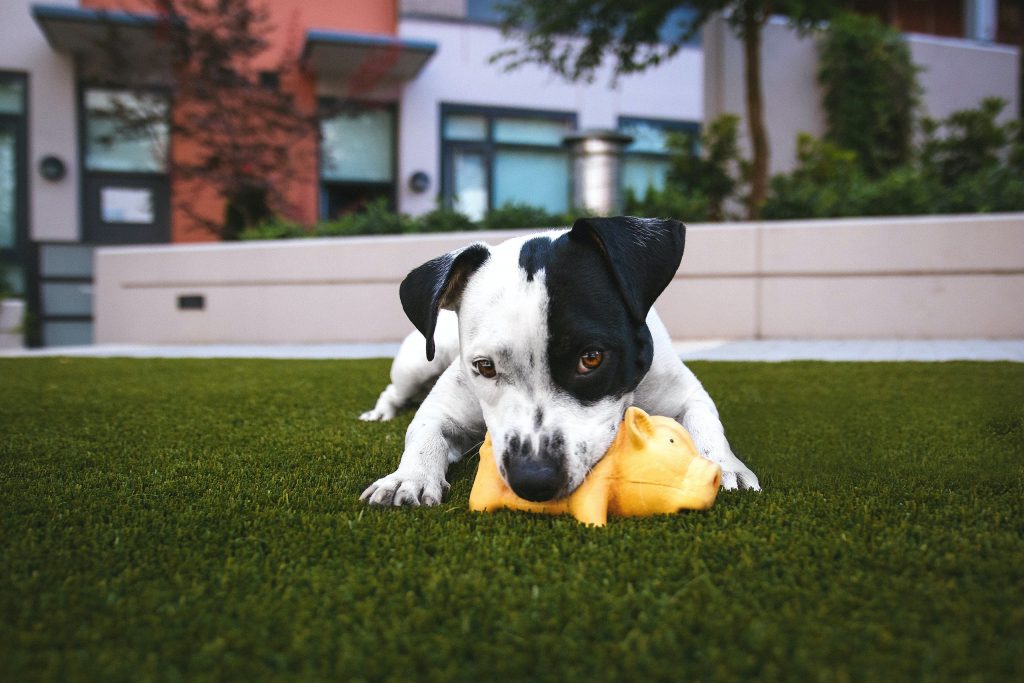
Frequently Asked Questions:
Can positive reinforcement training be used for all types of behaviors?
Positive reinforcement training can be used to teach a wide variety of behaviors, from basic obedience commands to more complex behaviors such as agility or therapy work. However, it’s important to note that in some cases, a different training method may be more appropriate. For example, if a dog is displaying aggressive behavior, a professional behaviorist should be consulted.
How do I know if I am providing the right reward for my puppy?
The most important thing is to understand what your puppy likes and dislikes, what motivates him/her. It can vary from dog to dog, food, toys, or even verbal praise. Some puppies may prefer a certain type of treat, while others may be more motivated by a favorite toy or a belly rub. It’s also important to note that rewards can lose their effectiveness over time, so it’s a good idea to periodically switch up the rewards you’re using to keep your puppy engaged and motivated.
How can I use positive reinforcement to train my puppy to stop unwanted behaviors?
Positive reinforcement can also be used to decrease or eliminate unwanted behaviors. This can be done by teaching your puppy an alternative behavior that you do want to see, and rewarding them for displaying that behavior instead of the unwanted behavior. Another approach is to simply ignore the unwanted behavior and reward your puppy when they are being quiet or calm.
How long does it take to train a puppy using positive reinforcement?
The length of time it takes to train a puppy using positive reinforcement can vary depending on the behavior you’re trying to teach, the puppy’s individual learning style, and how consistently you’re able to work with your puppy. Some behaviors may be learned relatively quickly, while others may take weeks or even months to fully master.
How can I make sure that I’m using positive reinforcement training in a humane way?
To ensure that you’re using positive reinforcement training in a humane way, it’s important to always keep in mind the well-being and safety of your puppy. Avoid using physical punishment or force, and never use any training method that causes your puppy pain or fear. Additionally, make sure to provide your puppy with plenty of rest, appropriate exercise, and a healthy diet.
How can I get more help and support for training my puppy using positive reinforcement?
If you need more help and support for training your puppy using positive reinforcement, there are a number of resources available to you. You can reach out to professional trainers and behaviorists, enroll your puppy in a training class, or seek the advice of other dog parents in online forums or social media groups. Additionally, you can reach out to us for more help and support.

